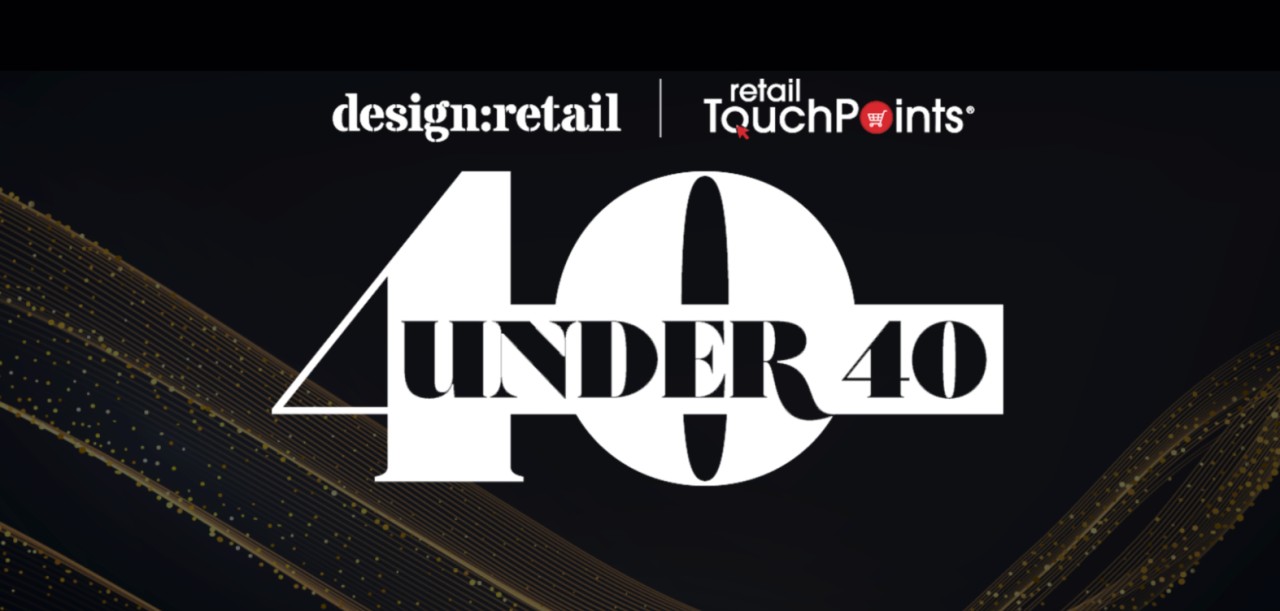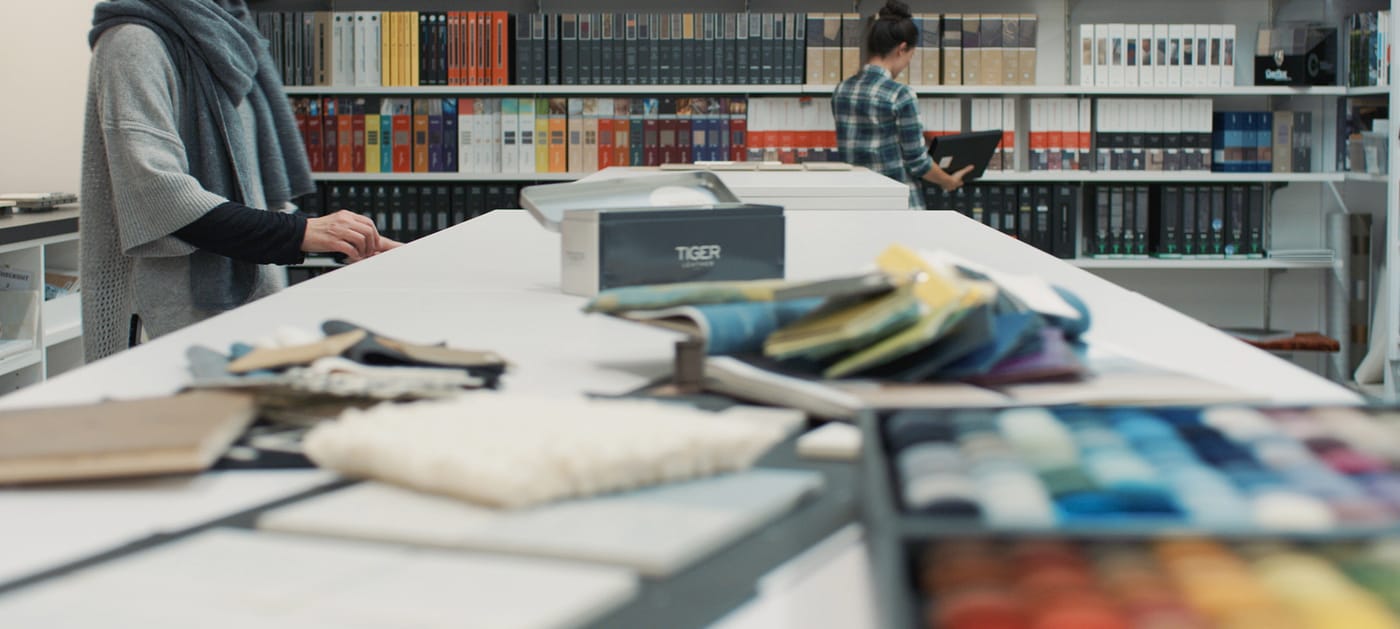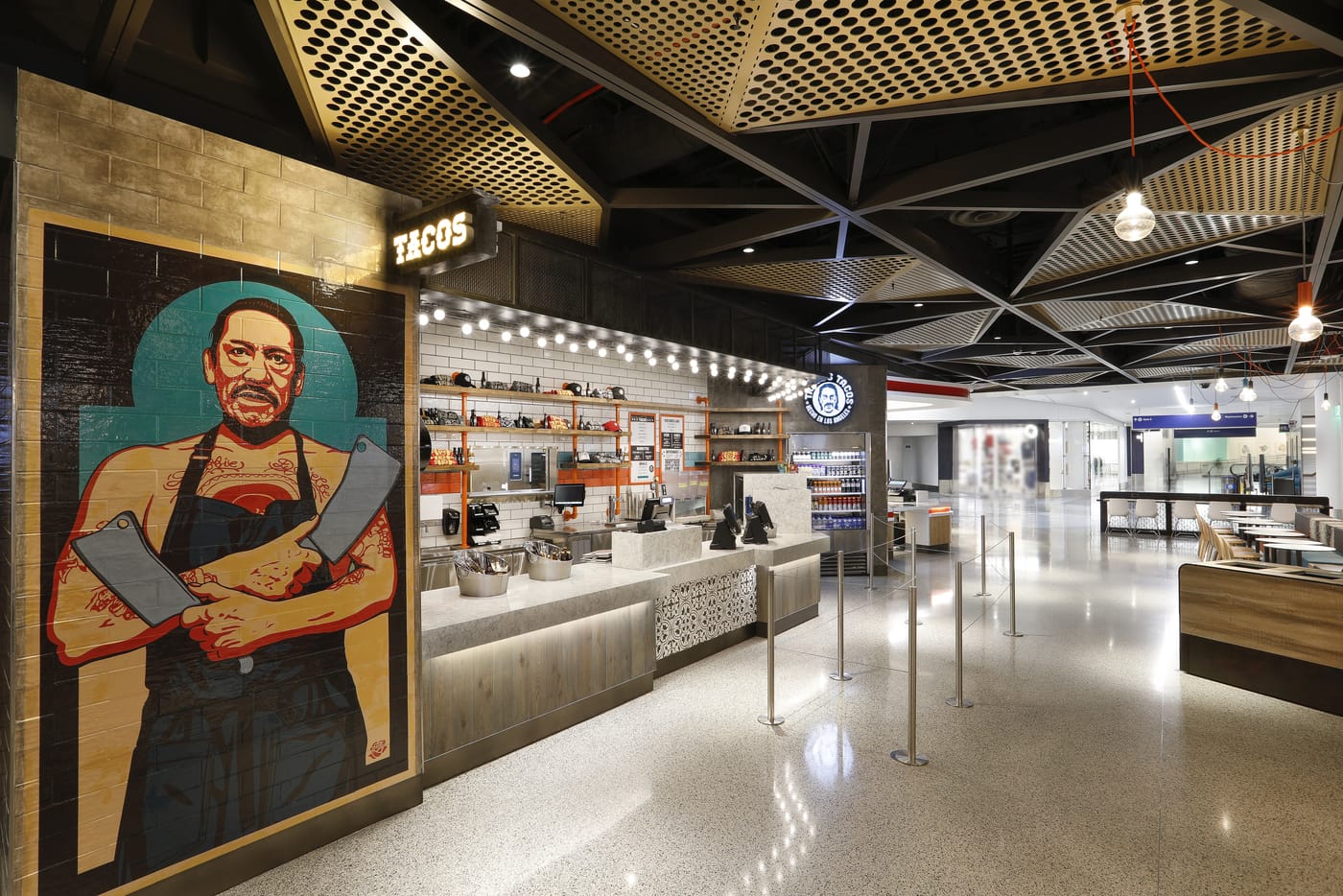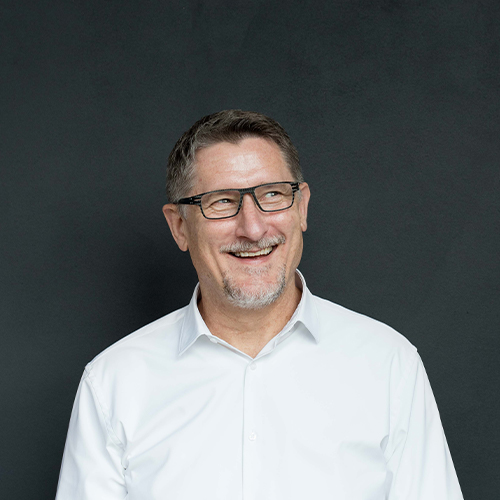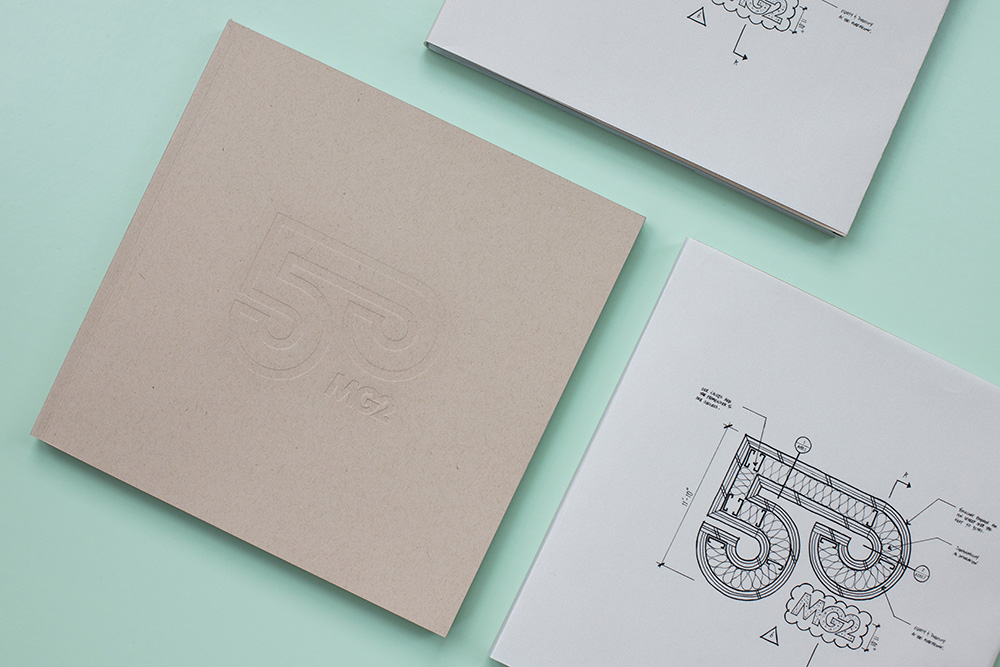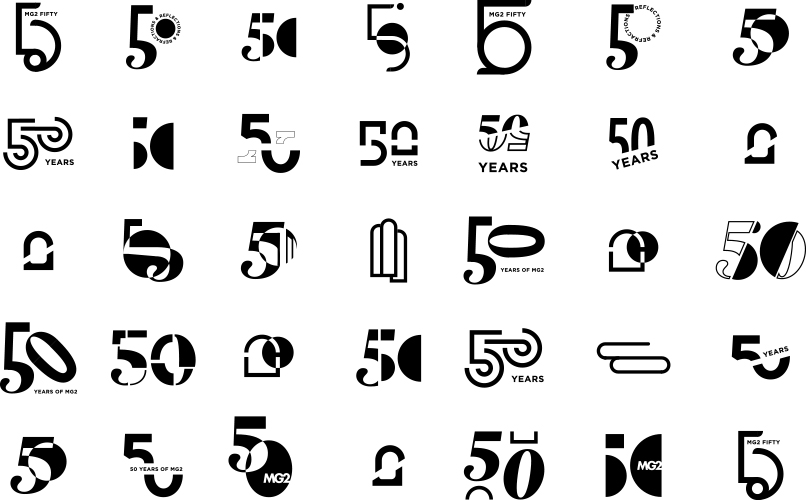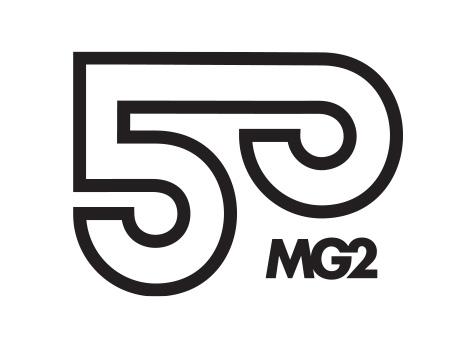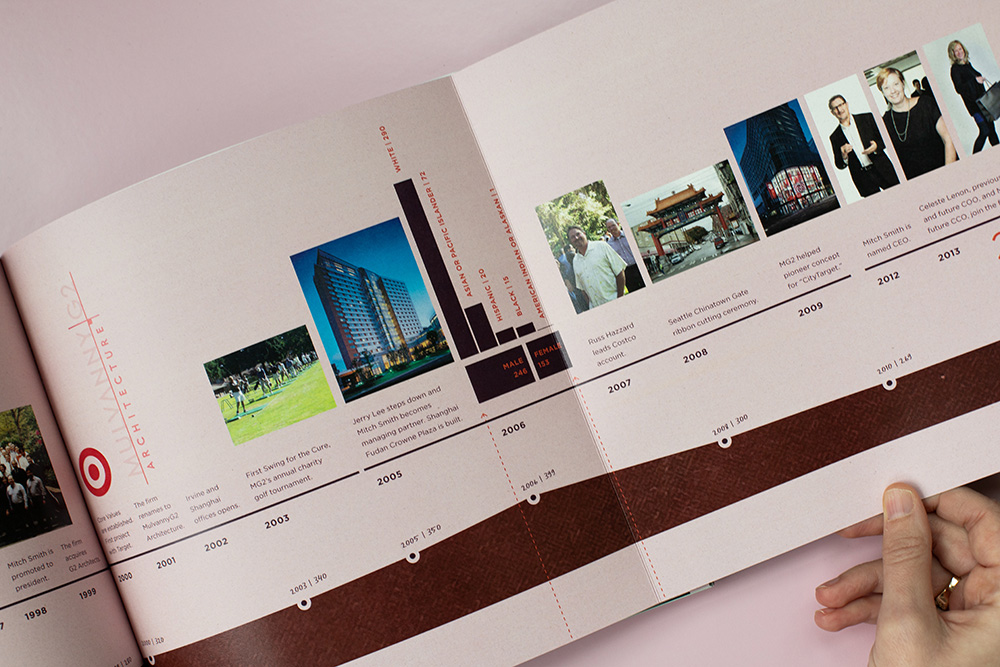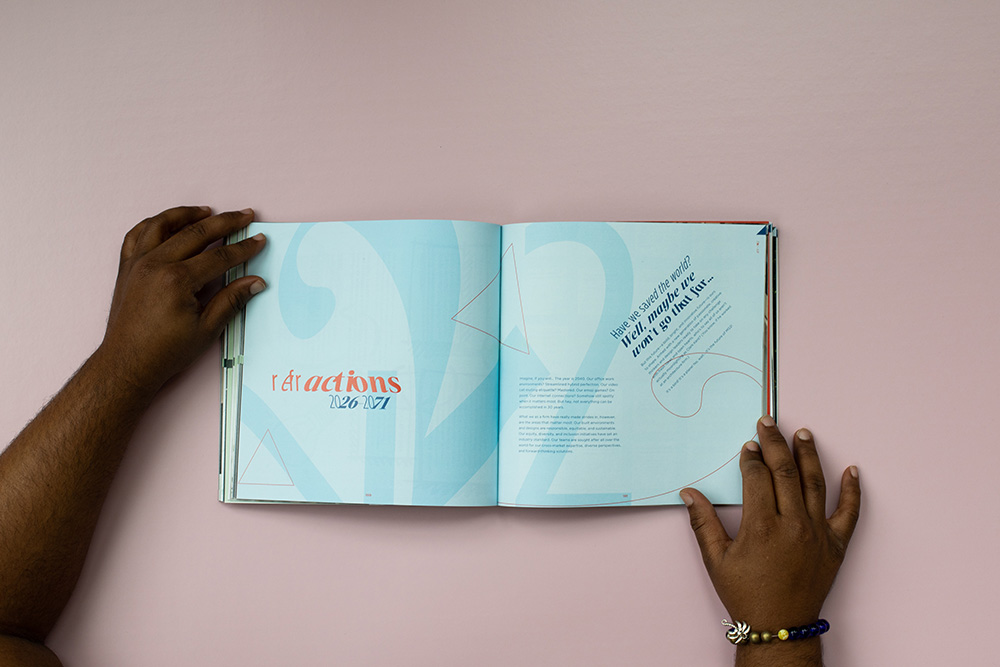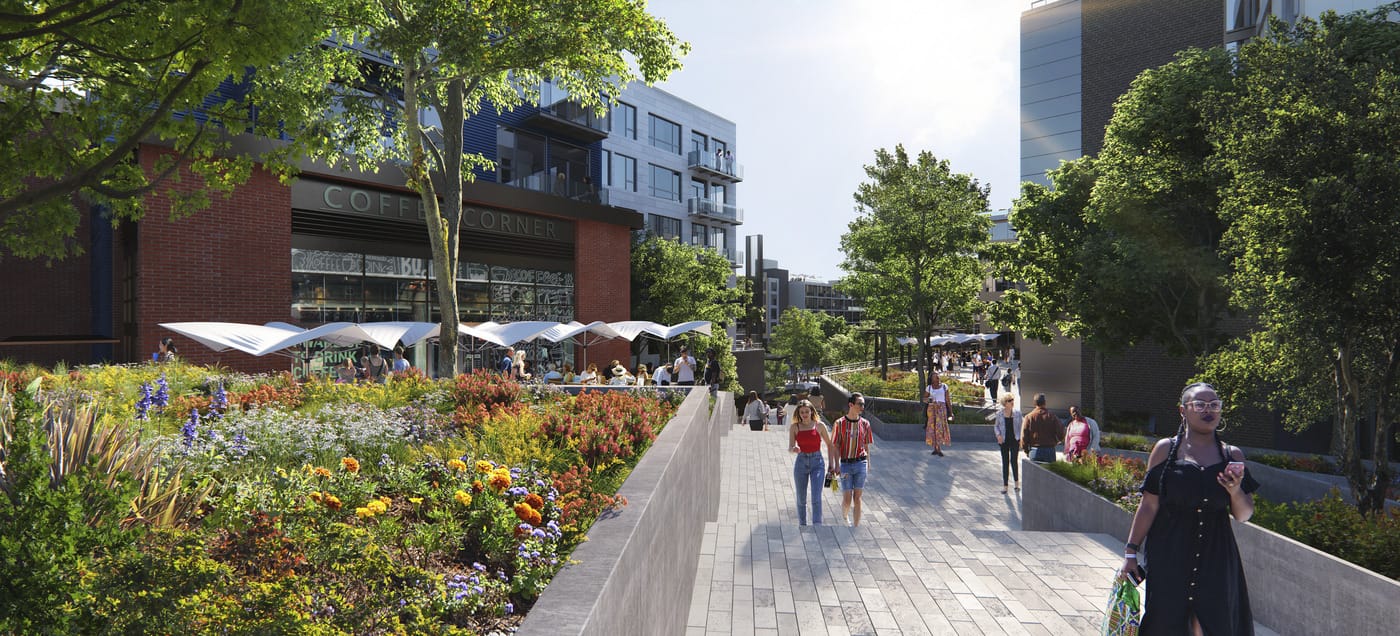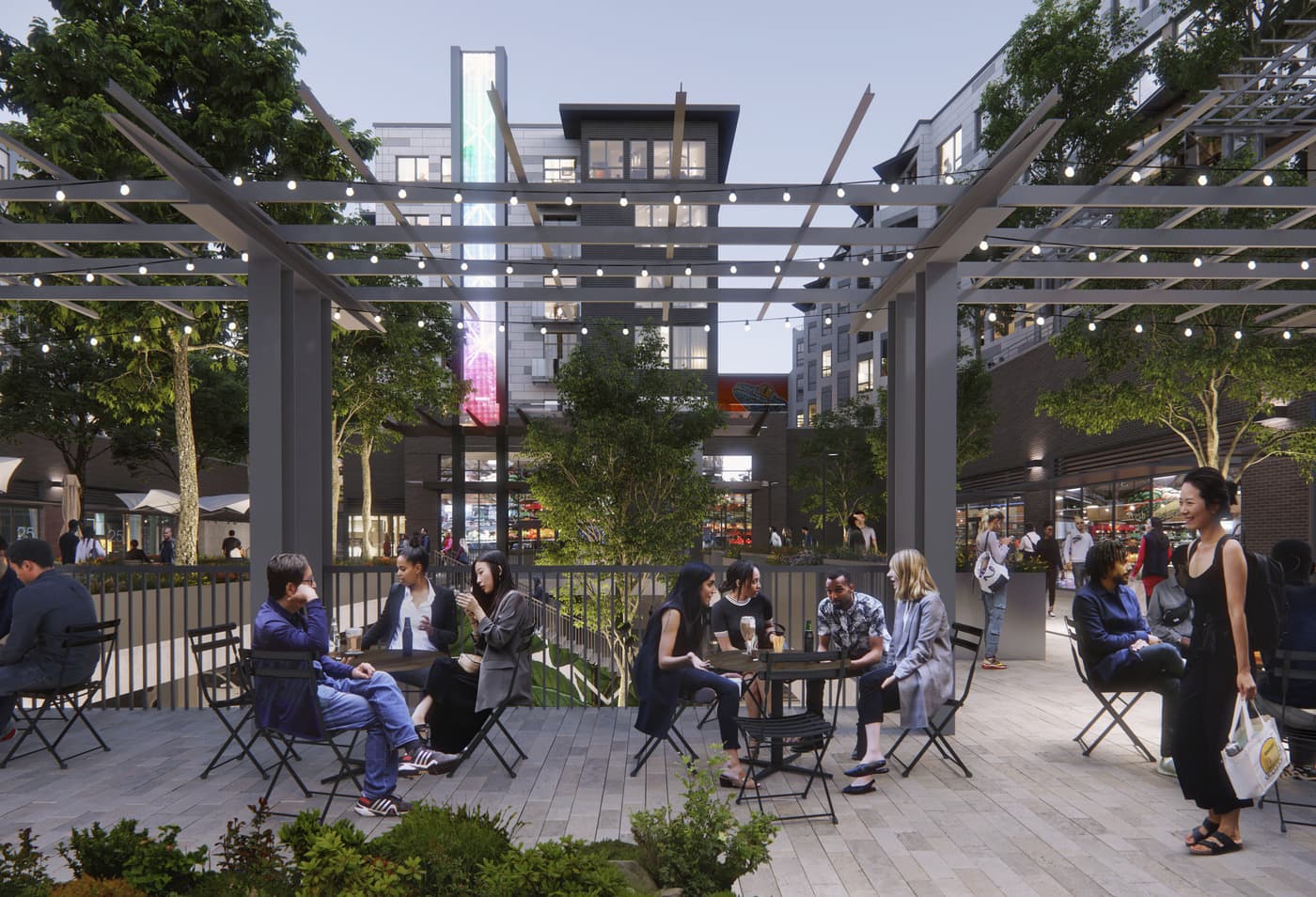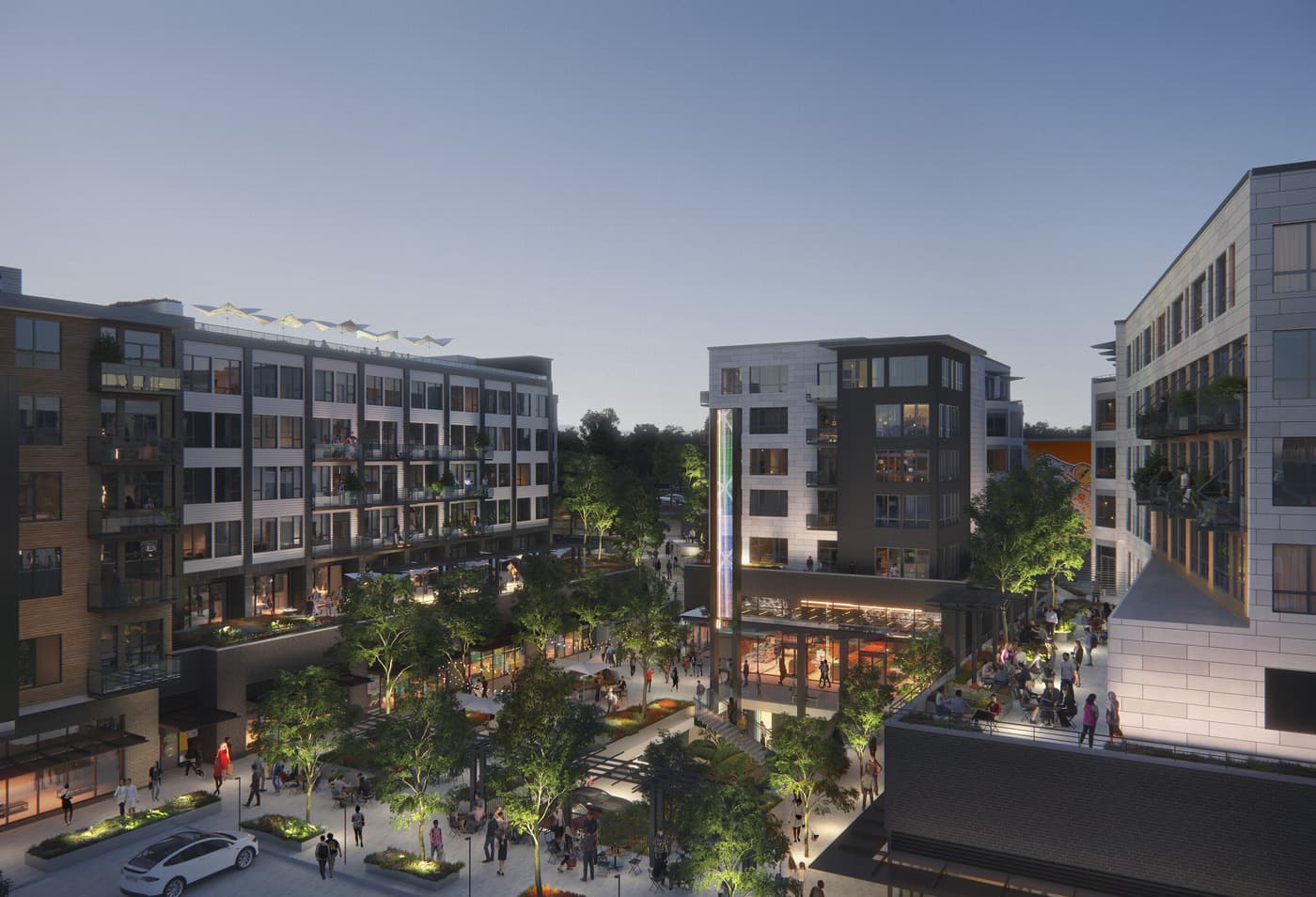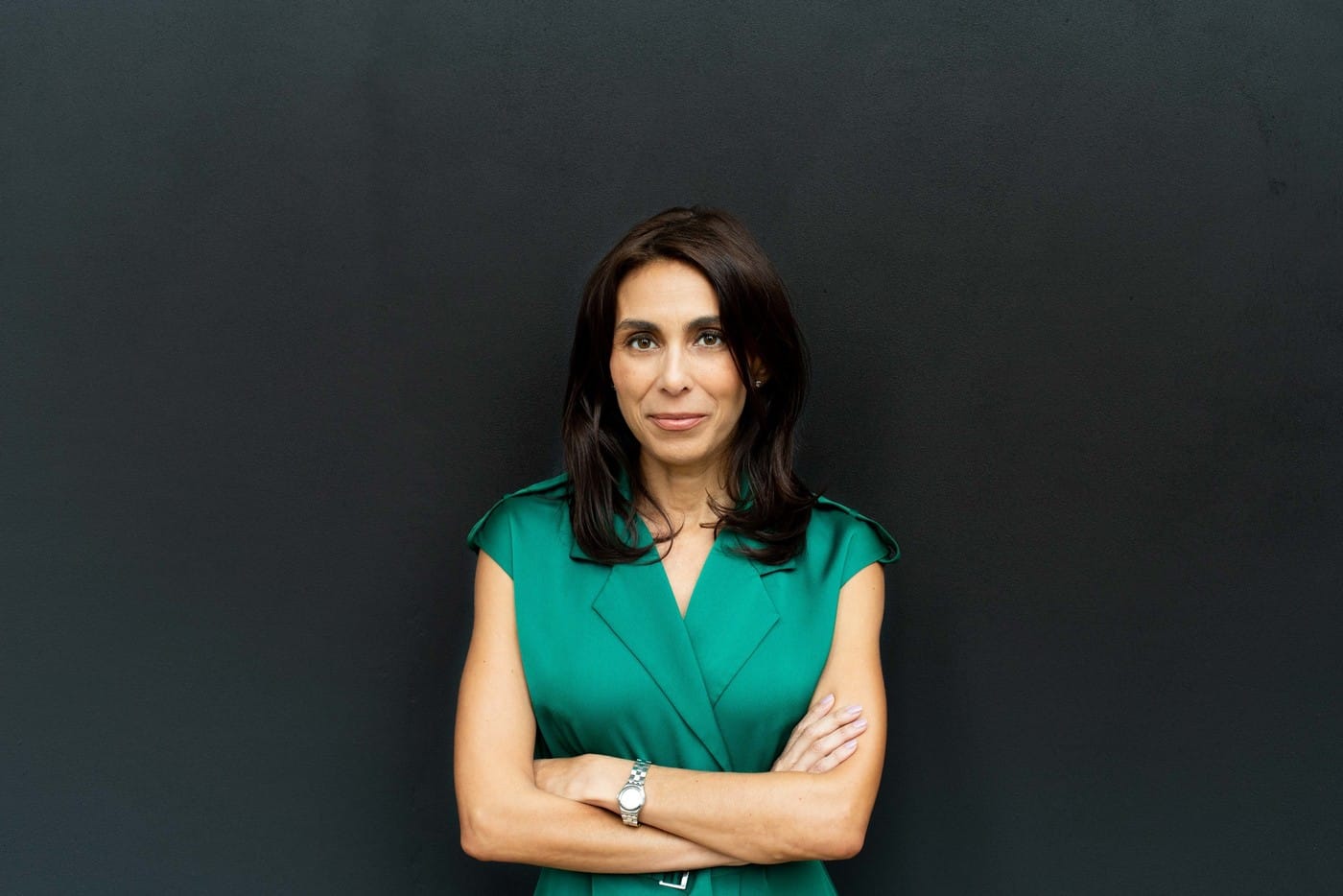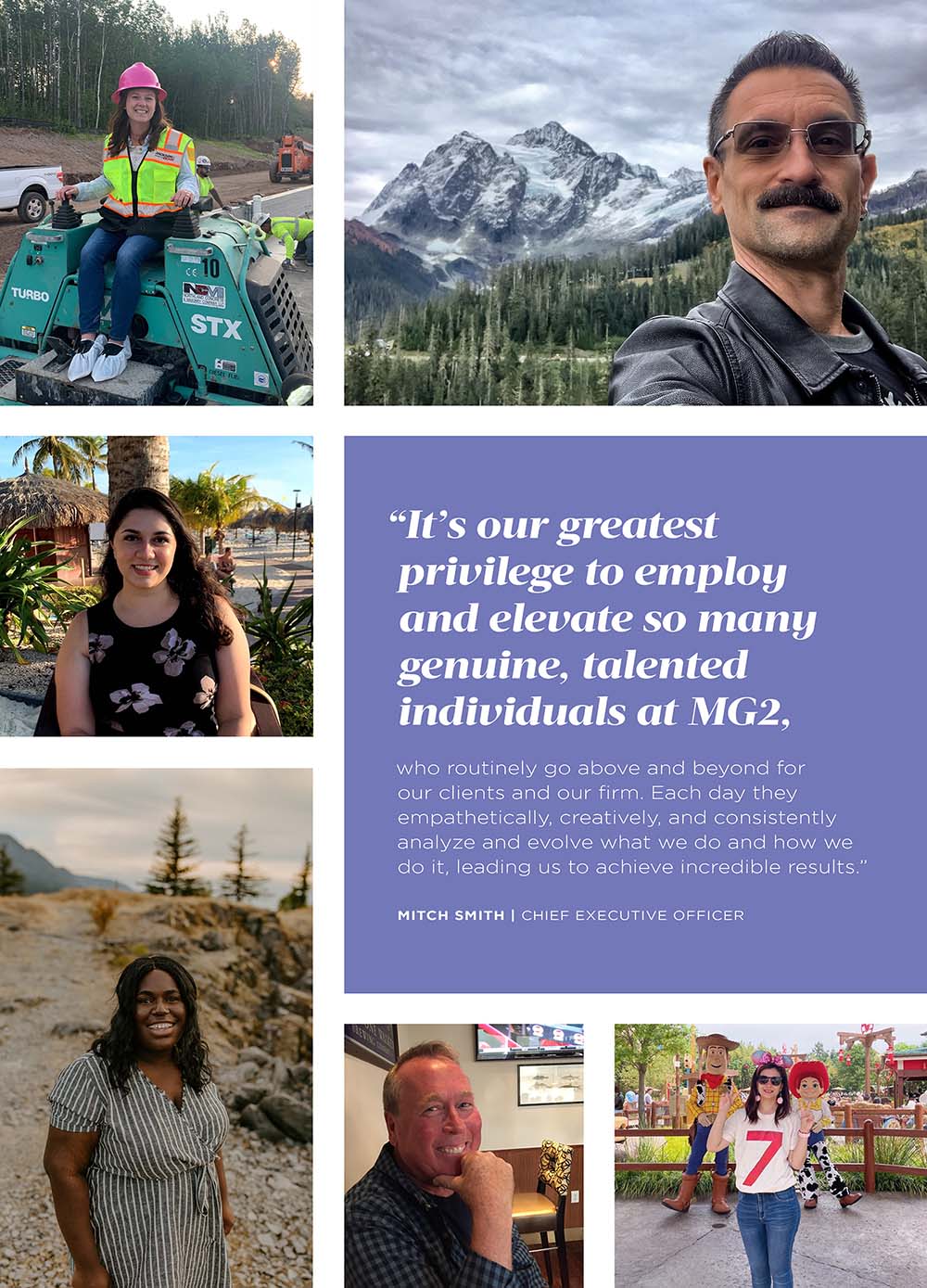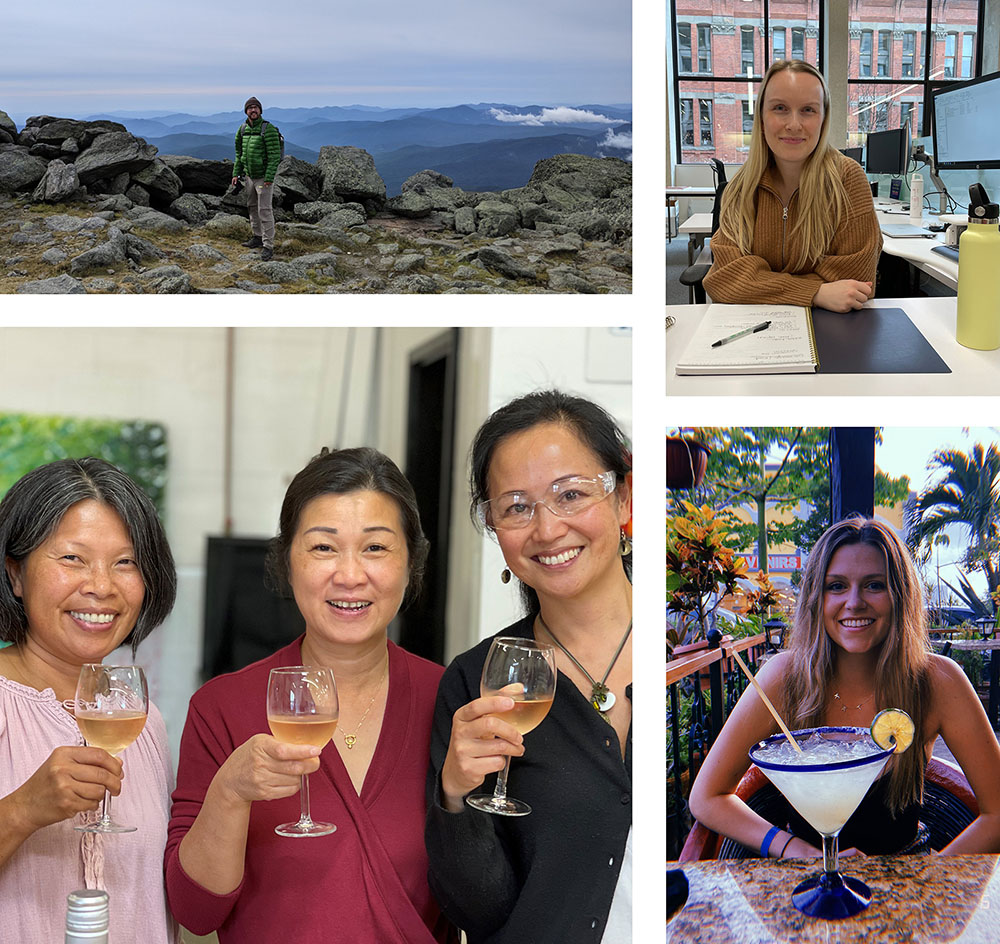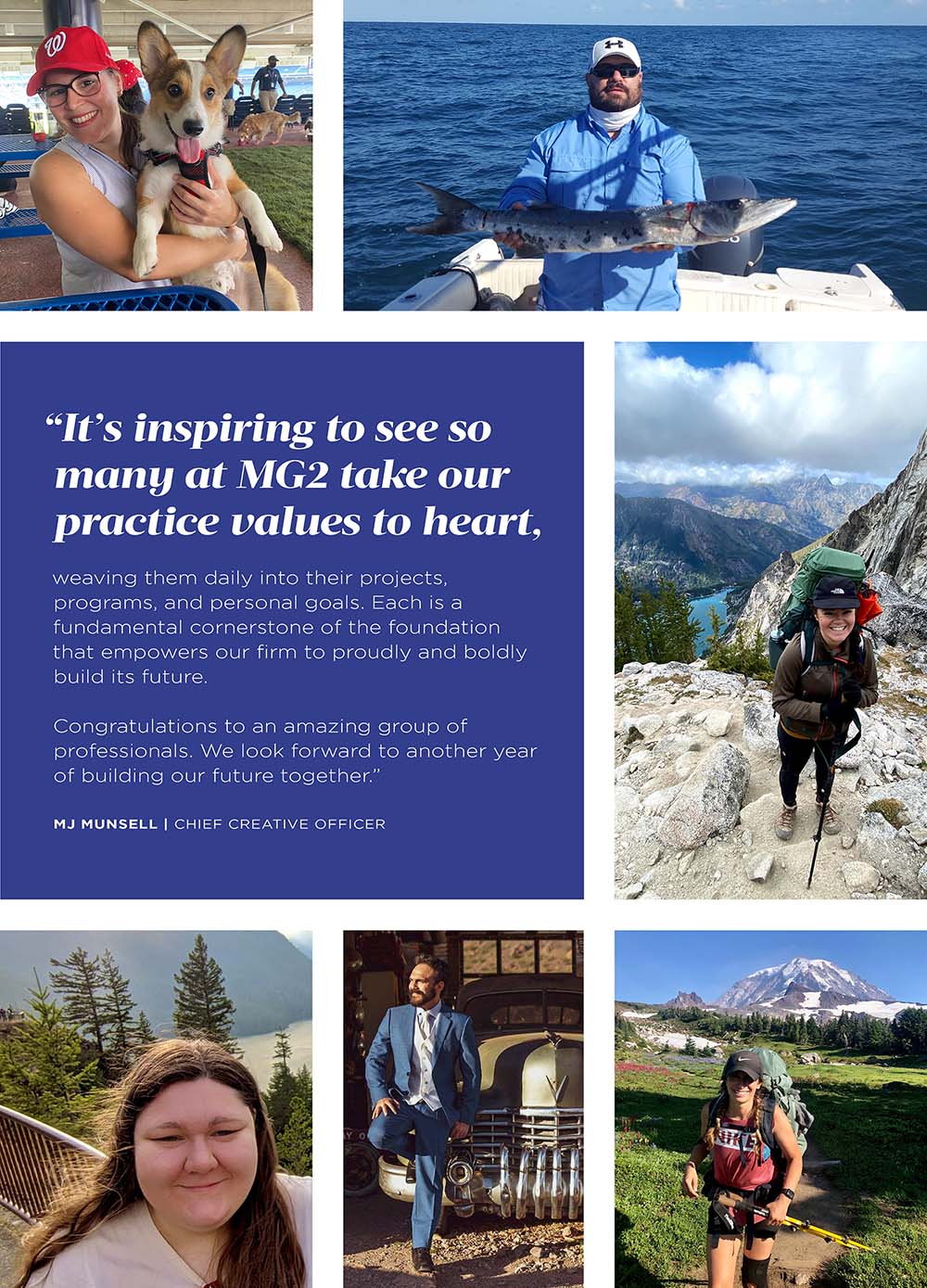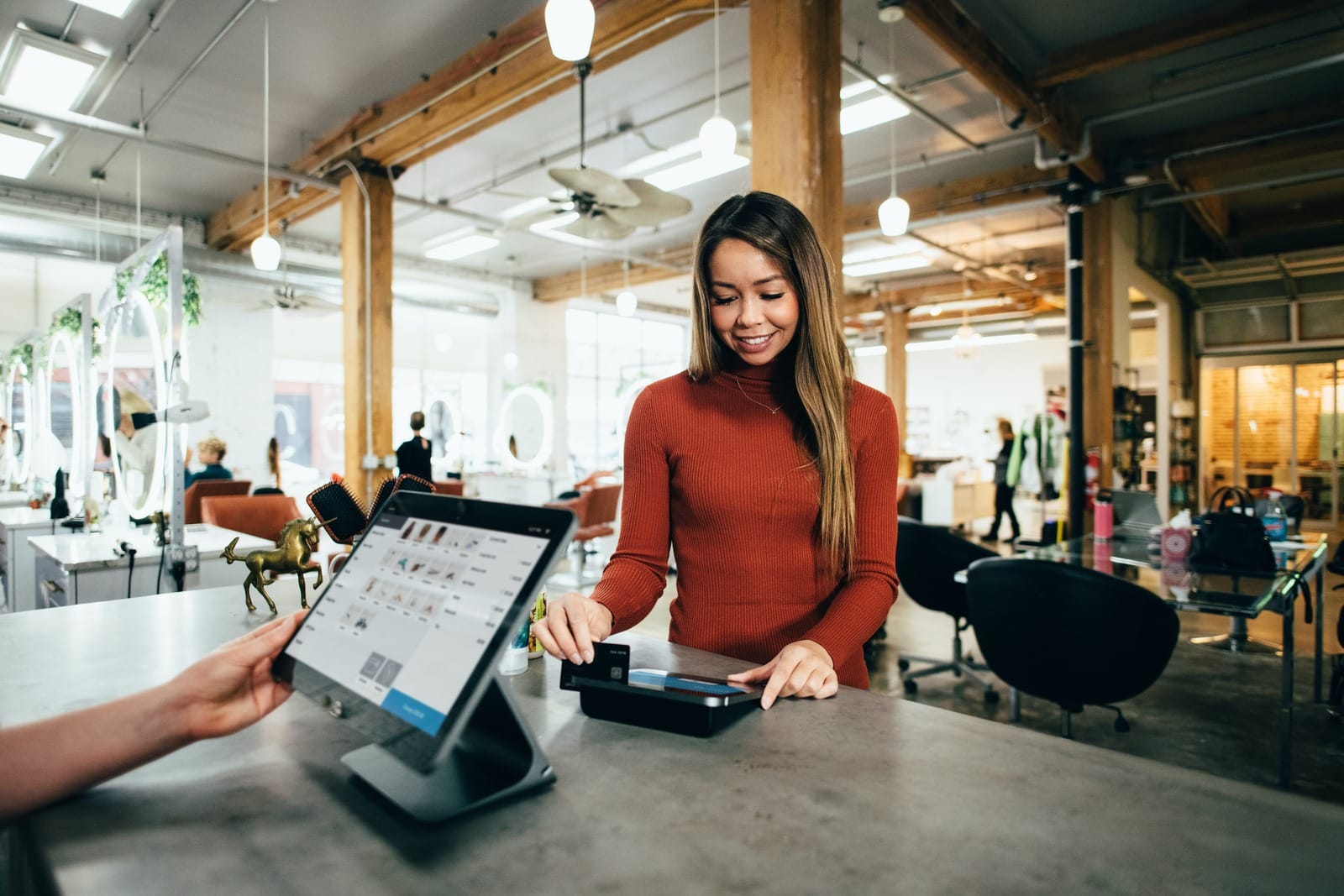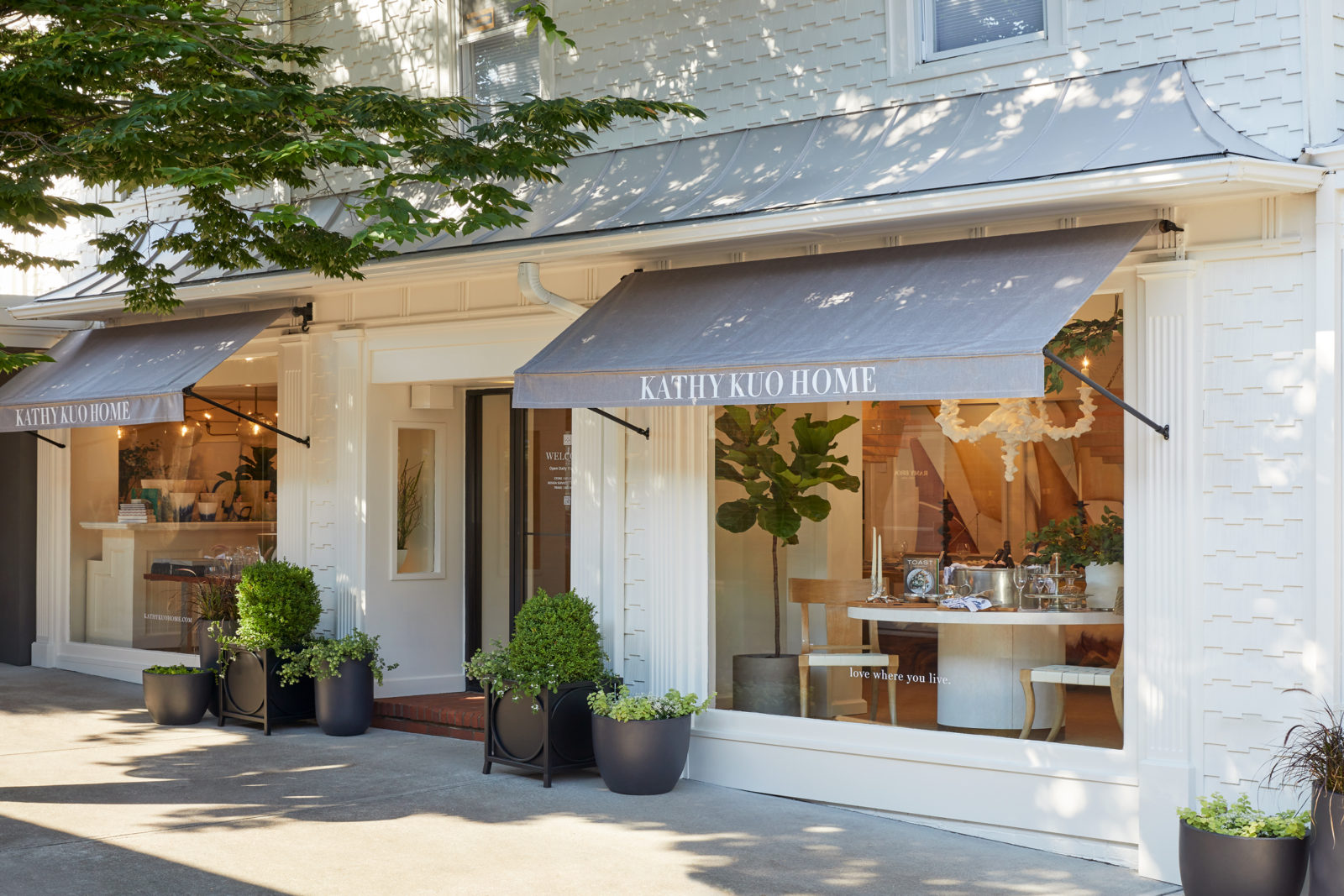How to attract shoppers & keep them coming back
A few takeaways from this Shoptalk 2022
The last few years have catapulted consumers of every demographic into embracing and expecting seamless online and mobile commerce in a way we never could have anticipated pre-pandemic. And while adoption sharply increased across the board, the cost for brands to compete also grew exponentially. This industry competition—coupled with factors like inflation, price increases, labor shortages, supply chain delays, and tumultuous international relations—is only growing more fierce.
As populations begin to re-normalize and venture back out into the world to shop, brick-and-mortar stores have the opportunity to continue to prove their value. With concrete data illustrating the “halo effect” and the impact on consumer lifetime value, the approach to the in-store experience has forever changed.
It’s time for brands to think differently. Think about how to make the most of new factors that are motivating consumers to shop in-store. Think about the marriage of physical and digital, while adding in a layer of hospitality, and creating an omnichannel network approach.
In the wake of learning from and conversing with industry experts during this year’s Shoptalk conference, here are three things brands should be thinking about to attract shoppers to physical retail, and how they can keep them coming back for more.
1. NEW AND HYBRID FORMATS KEEP THINGS FRESH, BUT EACH SHOULD SERVE A PURPOSE, AND ALL SHOULD BE INTEGRATED.
Micro pop-ups, small-format stores, large-format flagships, flex-format, mobile-format, meta-format… these days, there really are no boundaries in how retail can be experienced, and brands are keen to experiment across multiple formats to see what resonates with consumers. However, what retailers need to remember is to be strategic in thinking about the purpose each format serves, and consider the challenges and opportunities that lie within each option.
As we design any store format, the intersection of the customer journey with the package journey needs to seamlessly flex from a point of fulfillment to a point of discovery and immersion. Leveraging digital assets and platforms to inform and fuel both consumer/associate interactions and retail inventory at physical locations is paramount; customers expect this seamlessness as they research, get advice from, and compare brands to the competition.
For example, Foxtrot—a once digitally native marketplace brand—is reinventing the intersection of grocery, retail, and consumer experience through its robust app that powers both delivery and in-store pick-up of goods. They seamlessly flex from quick-serve metrics to consumer-centric hospitality day, harnessing the data captured across both formats to inform their next industry move and better serve their customers. Less friction = more brand loyalty.
2. STORES NEED A ROBUST YET INTUITIVE OPERATING SYSTEM THAT BENEFITS BOTH COMPANY AND CONSUMERS.
Just like what Shopify has done for e-commerce, or what Fabric is doing for headless commerce, physical retail stores need a powerful plug-and-play operating system to empower seamless digital enablement for both staff and shoppers.
Just imagine: Responsive, interactive window shopping. Fitting rooms that use technology like Fit:Match’s to scan your body type and help find your perfect fit. Endless aisle access to inventory powered by innovation from teams like Crave Retail. Frictionless in-person returns that put customer’s money back in their pockets as quickly and as easily as it restores inventory back into the system, just as Navar or Happy Returns does in-store. Customer patterns and staff interactions are measurable, and purchase intent attribution is trackable via companies like Pathr.AI. The store itself acts as a stage from which shoppable live feeds can be cast, a la platforms such as ShopShops.
All of these technological components may exist in some aspect today, but the real trick will be combining them into one standard operating system to control and rule them all. With this enablement, the “store of the future” will make both retail management and in-person shopping as seamless in the real world as they are online.
It may be an old adage, but it remains more true today than ever before. Emotions continue to be tied to which brands customers pledge loyalty to with their wallets, and it’s an opportunity that can be unlocked within brick-and-mortar stores. When curated carefully through ambiance, color, experience, sounds, scents, and more, retail environments are a narrative all their own. Brick-and-mortar acts as a canvas, painting a picture of an attainable, desirable lifestyle with your brand at the center.
Powering the story: knowledgeable store staff. A team that knows the customer, because they themselves are customers, and can tell shoppers what they need before they know it. A team that is empowered with data at their fingertips – data on past purchases, abandoned shopping cart interest, birthdays and special occasions, fit, style, and more. A team that brings the brand to life.
While technology and immersive experiences may be an integral part of the future of store design, human-centered connections and the emotions those interactions elicit will always be critical factors in consumer behaviors and loyalty.














